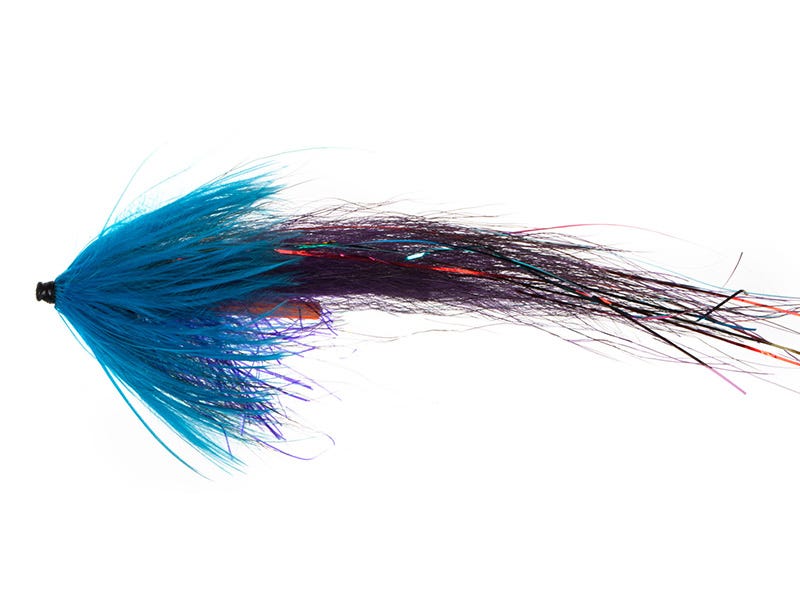Fly Tying: Bruce Berry's Opossum Leech

Notes from Bruce on the Leech Pattern
Leeches have a long time history in steelhead fishing here in the N.W. As long as I have been tying and fishing, I can easily remember back to Joe Howell’s Starlight Leech. I vividly remember that fly because I had a hard time casting it, yet at the same time wanted to fish with it because I heard all the stories and saw pictures of steelhead caught with the leeches that I had been tying commercially for a local fly shop.
Along the way, fly shops saw many different leech patterns to include: Starlight Leech, Double-Bunny, M.O.A.L. (Mother of all Leeches), Articulated Egg Sucking Leech, Miles Davis Leech-just naming a few and there are many more to check out and fish.
Problems when Fishing the Leech Pattern
My take is that all leeches designed for steelhead have a few things in common: They are all difficult to cast, foul often, swim relatively well, and all catch fish!
If a leech could be put together in a way that was easy to cast and would not foul, it would be a keeper, instilling confidence in the angler (as we all know steelhead will eat a leech).
The fly featured here in the video has not really been issued a name until this post... we've been calling it Pro Leech as it is tied on Pro Sportfisher components or Kathi’s Favorite because it is my wife’s favorite color combination.
Why Opossum Works for Steelhead Leeches
Opossum by nature holds less water than rabbit hair and leather, the Opossum hide is also ground so it is paper thin only retaining enough leather to hold the hair cell pockets, it also has a fabulous Polar Bear like glow in the water while it waggles and sways in the current.
The fly as stated before is easy to tie, in fact, it could be considered a 'guide fly' because it's also fast to tie. The term 'guide fly' is not a negative term, it's just preferred as most busy guides when they get done with a 16 hour day on the water, muck the cooler, prepare food for the next day, and then realize just before bed at midnight, that they need a few flies for the next day--they need patterns that are effective, easy and fast.
That means once you master this pattern, you can turn out a good bunch in one sitting at the vise.
Use: U.V. Polar Chenille, Taper cut Opossum strip, Rainbow Flashabou, Opossum in a dubbing loop and a few turns of Schlappen. The tube components you will see in the video. No step is really difficult but put it together, add some Pro componentry, and you have an awesome fly.
Merits of Tying the Opossum Leech
In the end, you have a fly that's super-easy to cast, swims well, something that steelhead eat, does not foul when casting or swimming, is easy to change up the color to suit your liking and is quick and easy to change hooks for a different size, or just for a fresh hook after tussling with rocks that tend to dull or break the hook point.
